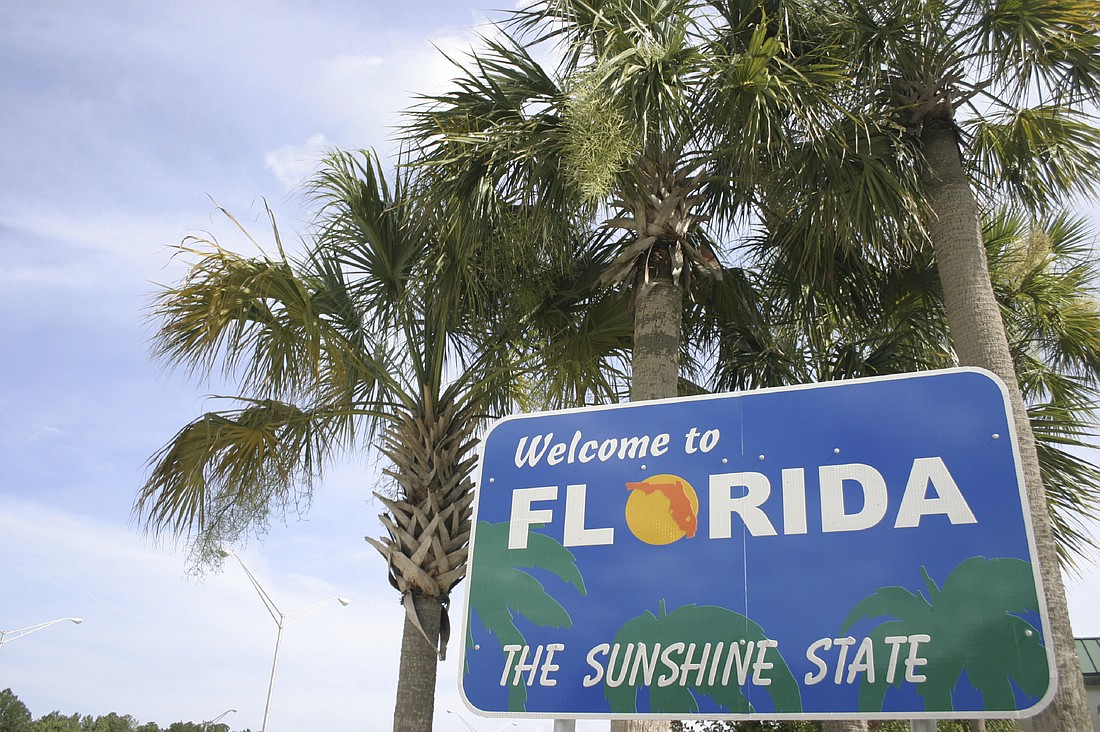- December 25, 2024
-
-
Loading

Loading

Florida remains a top 10 state nationally in a bevy of economic metrics, a new report shows. But some warts are starting to show in the state, particularly in worker’s compensation costs and the judicial climate businesses face.
Overall, the Sunshine State ranked No. 6 in economic performance and No. 7 in economic outlook in the annual Rich States, Poor States report from the American Legislative Affairs Council. The organization compiles the report, the ALEC-Laffer State Economic Competitive Index, in conjunction with economists Arthur Laffer, Stephen Moore and Jonathan Williams. (ALEC is a nonprofit think tank of state legislators focused on limited government, federalism and free marks policy, while Laffer and Moore have been prominent fiscal policy advisors for several presidents, including President Donald Trump.)
The economic performance ranking, according to the report, is derived from a decade of backward-looking measures based on a state’s performance on three important variables: gross domestic product, absolute domestic migration and non-farm payroll employment. All those metrics, the report states, are highly influenced by state policy. The decade the report analyzed is 2008 to 2018.
At No. 6, Florida trailed North Dakota, Colorado, Utah, Washington and Texas. On the metrics, not much of a surprise, Florida is No. 2 on domestic migration (thanks, New York) and No. 3 on non-farm payroll.
The economic outlook ranking is a forecast based on a state’s current standing in 15 state policy variables, according to the report. Each of these factors is influenced directly by state lawmakers through the legislative process. “Generally speaking, states that spend less — especially on income transfer programs — and states that tax less — particularly on productive activities such as working or investing — experience higher growth rates than states that tax and spend more,” the report states.
The top three states on the outlook ranking are a neighboring trio far from Florida: Utah, Wyoming and Idaho. Indiana, North Carolina and Nevada are also ahead of Florida. The bottom five, again not much of a surprise, are all high-tax havens: California, Illinois, New Jersey, Vermont and, in last place, New York — a top feeder state for Florida.
On the 15 metrics, Florida scored in the top three six times. That includes having no estate/inheritance tax, not having income tax and rates of public employees per 10,000 people. On the flip side, Florida’s court system, in respect to tort litigation, judicial impartiality and other anti-business concerns, is No. 46 in the country. Two more trouble spots? In an issue that pops up regularly for reform in Tallahassee, Florida is ranked No. 30 nationally on average workers’ compensation costs, at $1.81 per $1,000 of payroll. And on sales tax burden, with $28.57 per $1,000 of personal income, the state ranks No. 39.